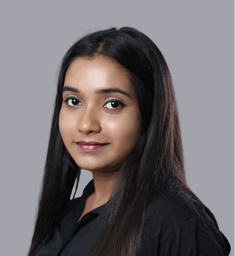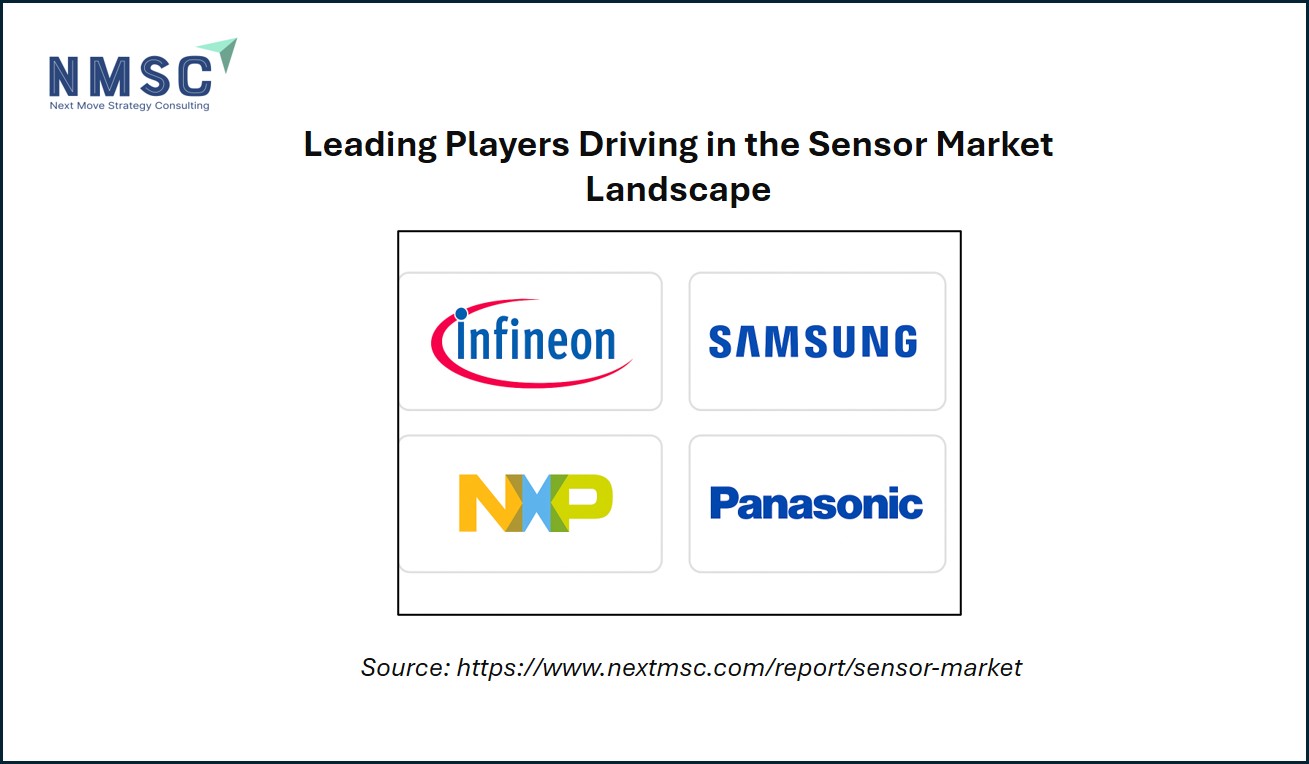Innovations in Sensor Technology: Military, Agricultural, and Smartphone Advances
Published: 2025-11-01

Sensor Technology: Innovations Shaping 2025
Sensors are the silent backbone of modern technology. From military defense systems to agriculture and smartphones, sensor innovations are enabling smarter, faster, and more efficient solutions. In this blog, we explore three major advancements in sensors that are making waves globally in 2025.
Undersea Sensors: Enhancing Military Surveillance
Modern undersea sensor networks have become critical for maritime security. The United States operates an extensive undersea sensor system to monitor naval activity. In response, China’s military has expressed ambitions to target these networks to gather strategic intelligence and enhance its maritime capabilities.
Key Facts:
China aims to disrupt U.S. undersea sensors for tactical advantage in the Asia-Pacific region. The undersea sensor systems monitor submarine and naval movements across critical global waters. Advanced underwater sensors integrate acoustic, magnetic, and pressure detection technologies to provide comprehensive monitoring.
Implications:
The evolution of military sensors is pushing nations to innovate rapidly in counter-surveillance technology. Protecting sensor networks has become a strategic priority for defense agencies worldwide.
Undersea sensors are no longer just data collectors; they are strategic assets in global military operations. The development of robust, resilient sensor networks remains critical for national security.
How Top Companies Maintain Dominance in the Sensor Market
The global sensor industry is highly competitive and dominated by major players, including Infineon Technologies AG, Samsung Electronics Co. Ltd., NXP Semiconductors NV, Panasonic Holdings Corporation, Qualcomm Technologies, Inc., STMicroelectronics NV, Sony Semiconductor Solutions Corporation, TE Connectivity, Texas Instruments Incorporated, Honeywell International Inc., Rockwell Automation, Inc., Siemens AG, Omron Corporation, Amphenol Advanced Sensors, and Emerson Electric Co. To sustain market leadership, these companies focus on strategic alliances, mergers and acquisitions, continuous innovation, and intensive research and development efforts.
Color-Changing Sensors: Revolutionizing Agriculture
In agriculture, sensors are helping farmers monitor crops more precisely. Researchers at Northeastern University developed innovative color-changing sensors capable of detecting nutrient levels in soil, moisture, and plant health in real-time.
Features:
The sensors change color based on chemical or environmental conditions, providing instant visual feedback. They can be integrated into irrigation and nutrient management systems. The technology is designed to reduce chemical waste and optimize resource use.
Benefits:
-
Improves crop yield and sustainability.
-
Reduces dependence on labor-intensive soil testing.
-
Enhances precision agriculture practices.
Next Move Strategy Consulting’s View on the Sensor Market:
Next Move Strategy Consulting highlights that the global sensor market is experiencing robust growth, driven by advancements in smart sensor technologies, industrial automation, consumer electronics, and automotive innovations. North America is expected to hold the largest market share due to strong R&D investments and the presence of major technology companies. Key challenges include high development costs and integration complexities, but strategic investments in research, seamless system integration, and expansion into emerging markets can help companies capitalize on this expanding market.
Smartphone Image Sensors: Next-Level Photography
Smartphone photography is undergoing a major evolution, driven by advanced image sensors. Samsung unveiled its latest lineup of ISOCELL sensors, including the HP9, GNJ, and JN5, which enhance image quality across multiple camera modules.
Key Innovations:
|
Sensor |
Pixel Count |
Unique Technology |
Benefit |
|
ISOCELL HP9 |
200MP |
Tetra²pixel,high-refractive microlens |
Superior telephoto imaging, |
|
ISOCELL GNJ |
50MP |
Dual pixel,in-sensor zoom |
Faster autofocus, |
|
ISOCELL JN5 |
50MP |
Dual VTG,Super QPD, DSG |
Consistent autofocus, |
Advantages:
-
Improved low-light performance by up to 12%.
-
Enhanced autofocus accuracy with dual-pixel technology.
-
Energy-efficient processing for video and preview modes.
Samsung’s new image sensors redefine smartphone photography, delivering professional-quality images with consistent performance across multiple camera modules.
Next Steps: Actionable Takeaways
-
Monitor Strategic Developments: Defense organizations should continue investing in resilient and secure sensor networks.
-
Adopt Smart Agriculture: Farmers and agritech firms can integrate color-changing sensors for resource optimization.
-
Upgrade Mobile Imaging: Smartphone manufacturers should leverage next-generation image sensors to meet rising user expectations.
-
Invest in R&D: Continuous research in sensor technologies can lead to breakthroughs in efficiency, sustainability, and security.
-
Collaborate Across Sectors: Partnerships between technology, agriculture, and defense sectors can accelerate sensor innovation.
Conclusion
Sensor technology in 2025 is driving transformative change across multiple sectors. In defense, undersea sensors are critical for strategic surveillance and national security. In agriculture, color-changing sensors enable precise, sustainable crop management. In consumer electronics, advanced smartphone image sensors elevate photography to professional standards.
Across these applications, the common thread is accuracy, efficiency, and actionable insight. As sensors continue to evolve, industries that adopt and integrate these innovations will gain a competitive advantage, enhance operational effectiveness, and create smarter, more responsive systems.
About the Author
 Tania Dey is an experienced Content Writer specializing in digital transformation and industry-focused insights. She crafts impactful, data-driven content that enhances online visibility, and aligns with emerging market trends. Known for simplifying complex concepts. Tania Dey delivers clear, engaging narratives that empower organizations to stay ahead in a competitive digital landscape.
Tania Dey is an experienced Content Writer specializing in digital transformation and industry-focused insights. She crafts impactful, data-driven content that enhances online visibility, and aligns with emerging market trends. Known for simplifying complex concepts. Tania Dey delivers clear, engaging narratives that empower organizations to stay ahead in a competitive digital landscape.
About the Reviewer
 Debashree Dey is a skilled Content Writer, PR Specialist, and Assistant Manager with expertise in digital marketing. She creates impactful, data-driven campaigns and audience-focused content to boost brand visibility. Passionate about creativity, she also draws inspiration from design and innovative projects.
Debashree Dey is a skilled Content Writer, PR Specialist, and Assistant Manager with expertise in digital marketing. She creates impactful, data-driven campaigns and audience-focused content to boost brand visibility. Passionate about creativity, she also draws inspiration from design and innovative projects.

















Add Comment